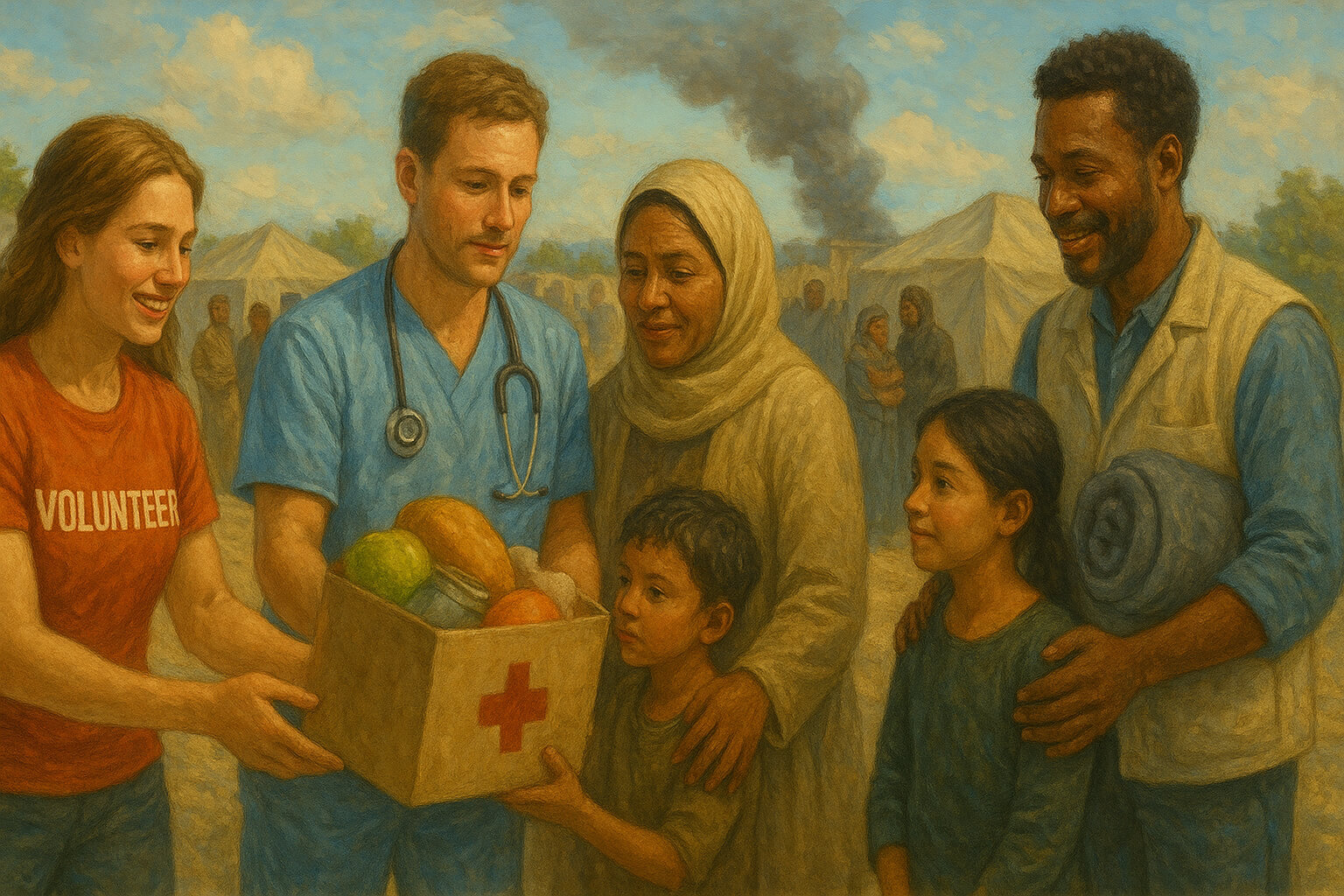August 29, 2025

When global crises strike—whether natural disasters, pandemics, conflicts, or economic downturns—non-profits stand at the forefront of response and recovery. Their adaptability, rooted in grassroots connections and mission-driven work, enables them to act swiftly where traditional systems may falter. Unlike governments, which can be slowed by bureaucracy, or corporations, which may be profit-driven, non-profits prioritize human needs. Understanding their strategies highlights both their resilience and long-term impact.
Non-profits often serve as first responders during emergencies. Their local networks allow them to mobilize volunteers, distribute food and water, provide temporary shelters, and deliver urgent medical care quickly.
Immediate relief addresses urgent needs, but sustainable recovery requires long-term planning. Many non-profits invest in initiatives that strengthen community resilience:
Technology plays a pivotal role. Digital platforms allow organizations to monitor aid distribution, manage volunteers, and maintain transparency with stakeholders. UN News notes that climate adaptation and mass displacement require a blend of innovation and partnerships. Similarly, this nonprofit digital strategy article illustrates how cloud tools and mobile apps enhance operational efficiency.
Resilience also involves addressing root causes. For instance, after floods in South Asia, NGOs shifted focus from short-term shelter relief to sustainable agriculture projects, reducing vulnerability to future climate shocks. Combining immediate aid with proactive solutions defines non-profits’ critical role in crisis adaptation.
Global crises exceed the capacity of any single organization. Partnerships between non-profits, governments, international agencies, and private sector companies amplify impact:
Non-profits’ adaptability is powered by the dedication of staff and volunteers, who often risk their own safety to help others. What distinguishes these organizations is the integration of material aid with emotional support:
Research shows that human connection can be as transformative as physical resources. Comfort, guidance, and support play a vital role in helping communities recover and rebuild stronger networks for the future. This aligns with insights from mental health awareness initiatives, highlighting the critical interplay of social and psychological support in crisis response.
Non-profits adapt to global crises through rapid response, long-term resilience planning, technological innovation, and strategic partnerships. Their ability to pivot quickly, embrace digital solutions, and engage closely with communities enables them to meet immediate needs while tackling systemic vulnerabilities.
From volunteers delivering supplies hours after a disaster to international coalitions implementing sustainable programs, non-profits remain irreplaceable. By combining innovation, collaboration, and compassion, they act as lifelines of hope, demonstrating that even in the face of overwhelming challenges, human solidarity drives meaningful and lasting recovery worldwide.
For further reading on community-driven solutions and grassroots impact, see:
Stay up to date with the latest tips, expert insights, product reviews, and step-by-step guides to help you grow, create, and succeed—no matter your industry or passion.